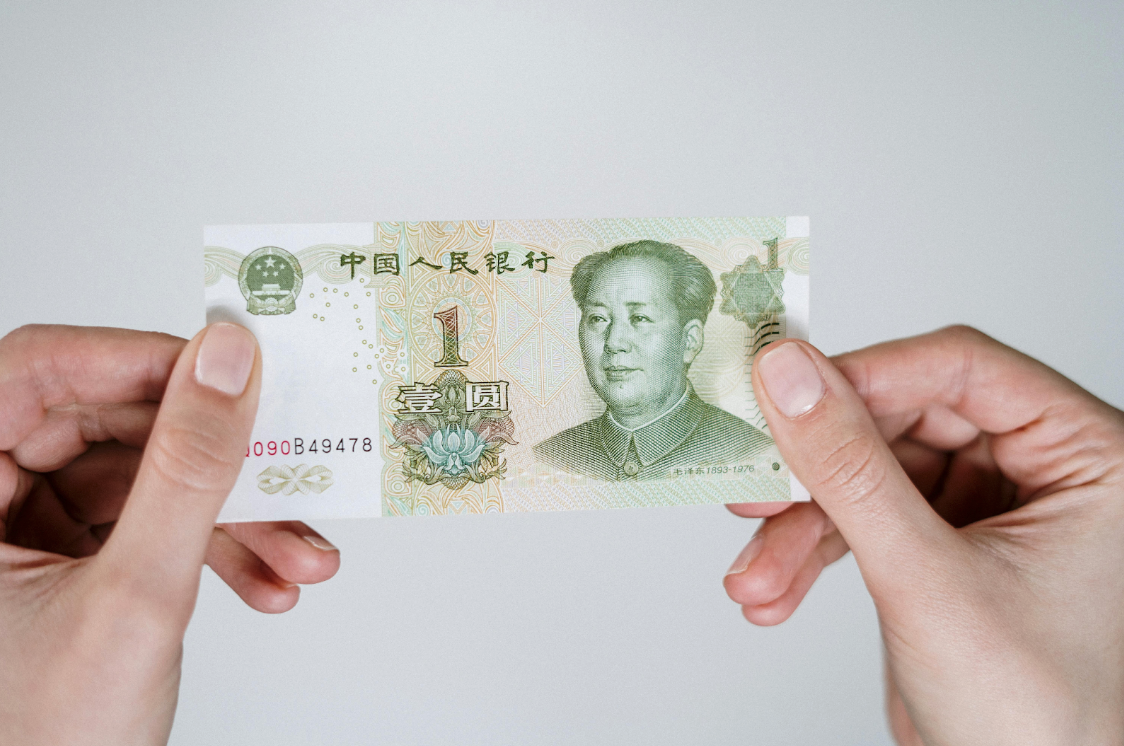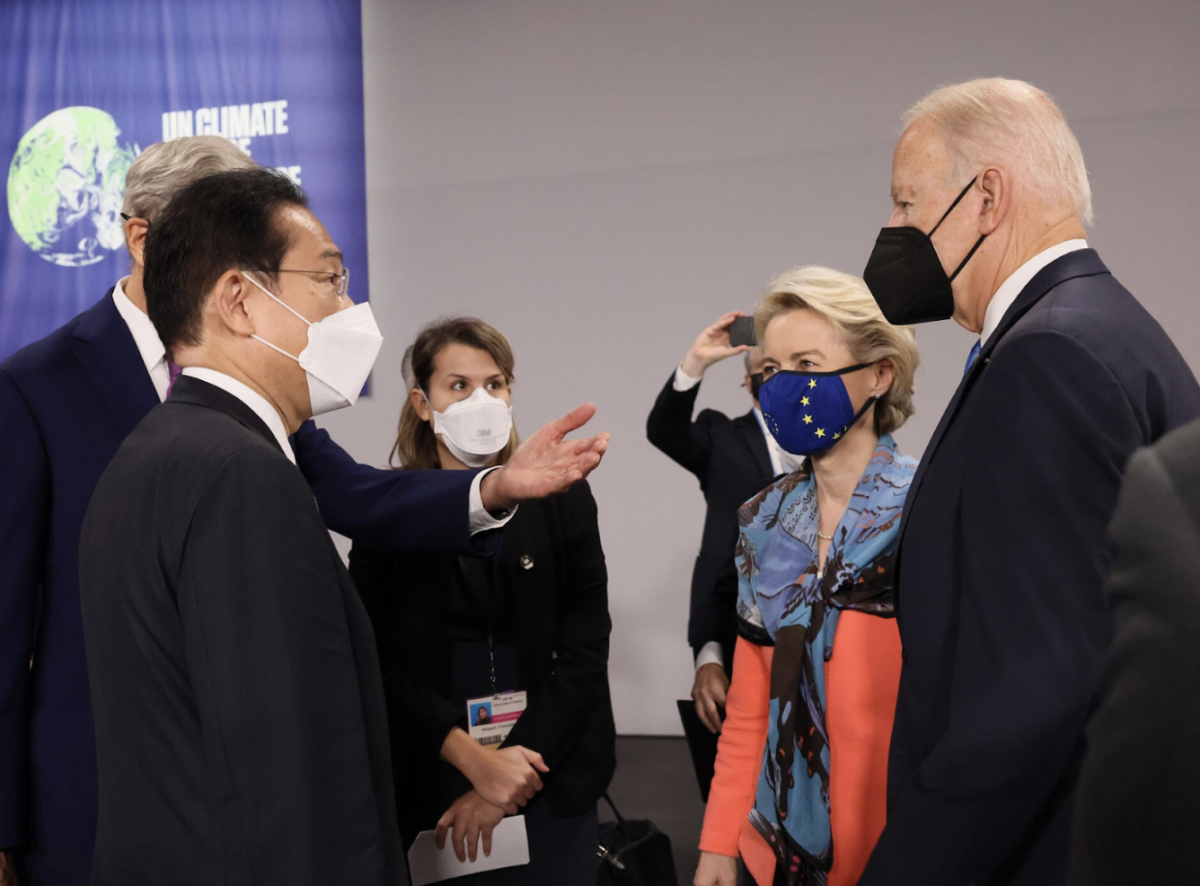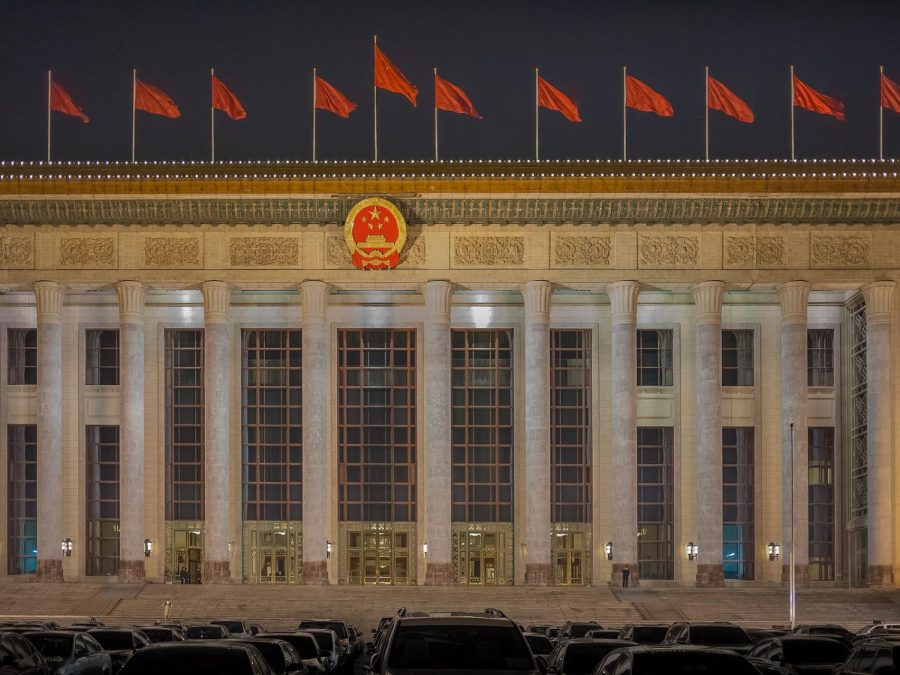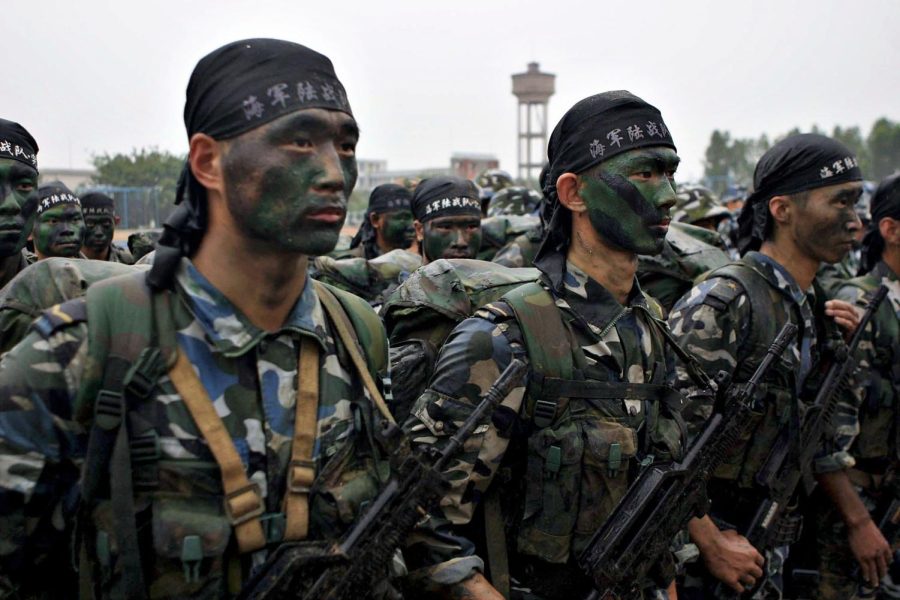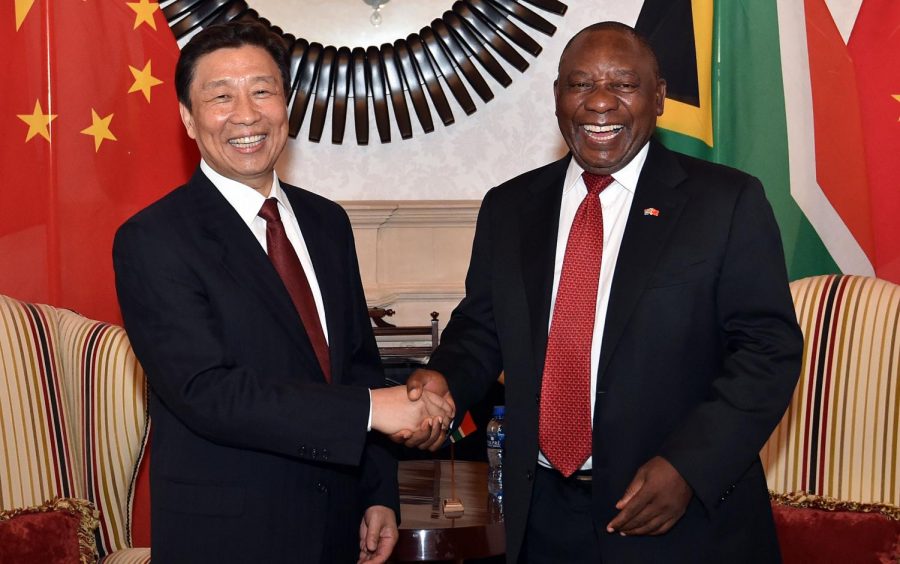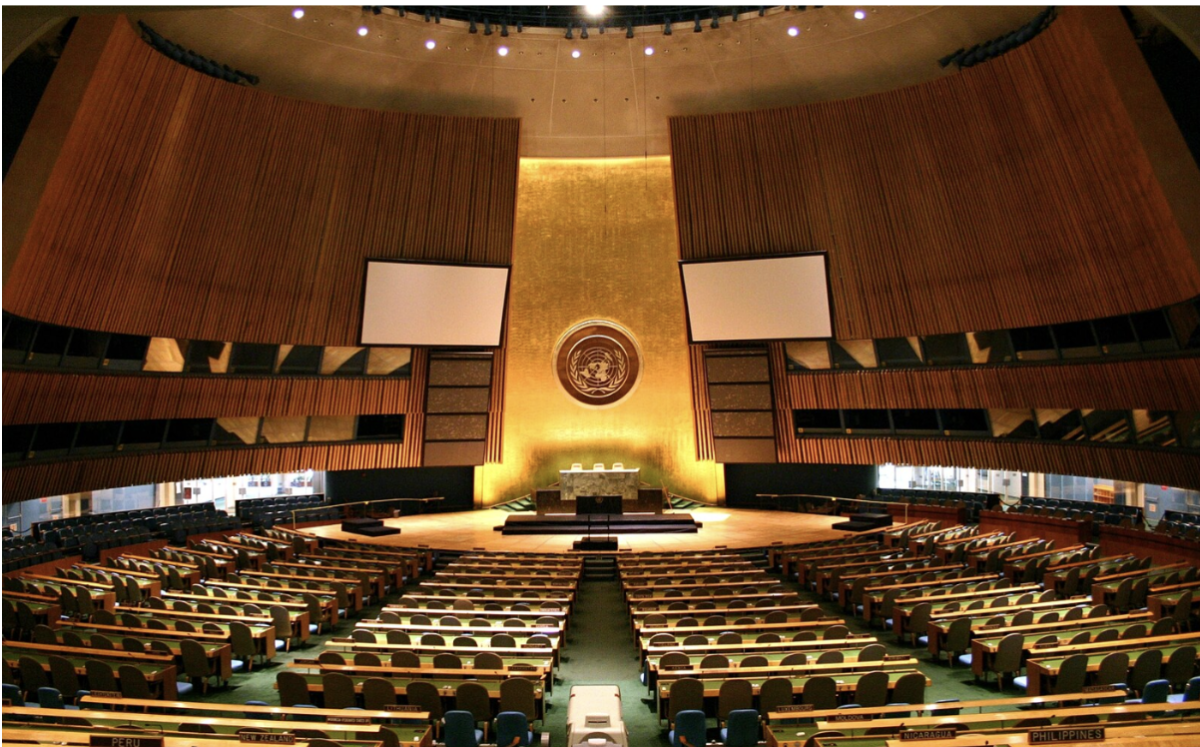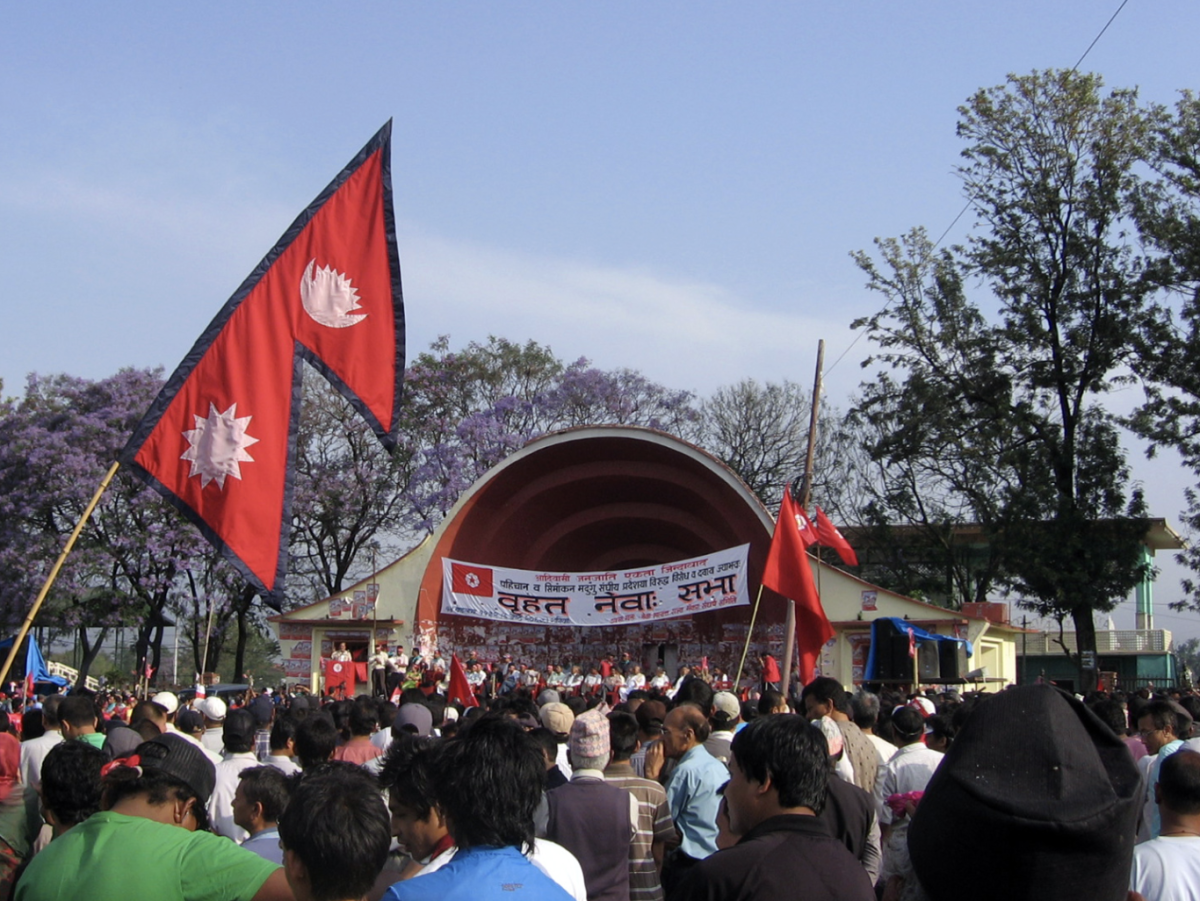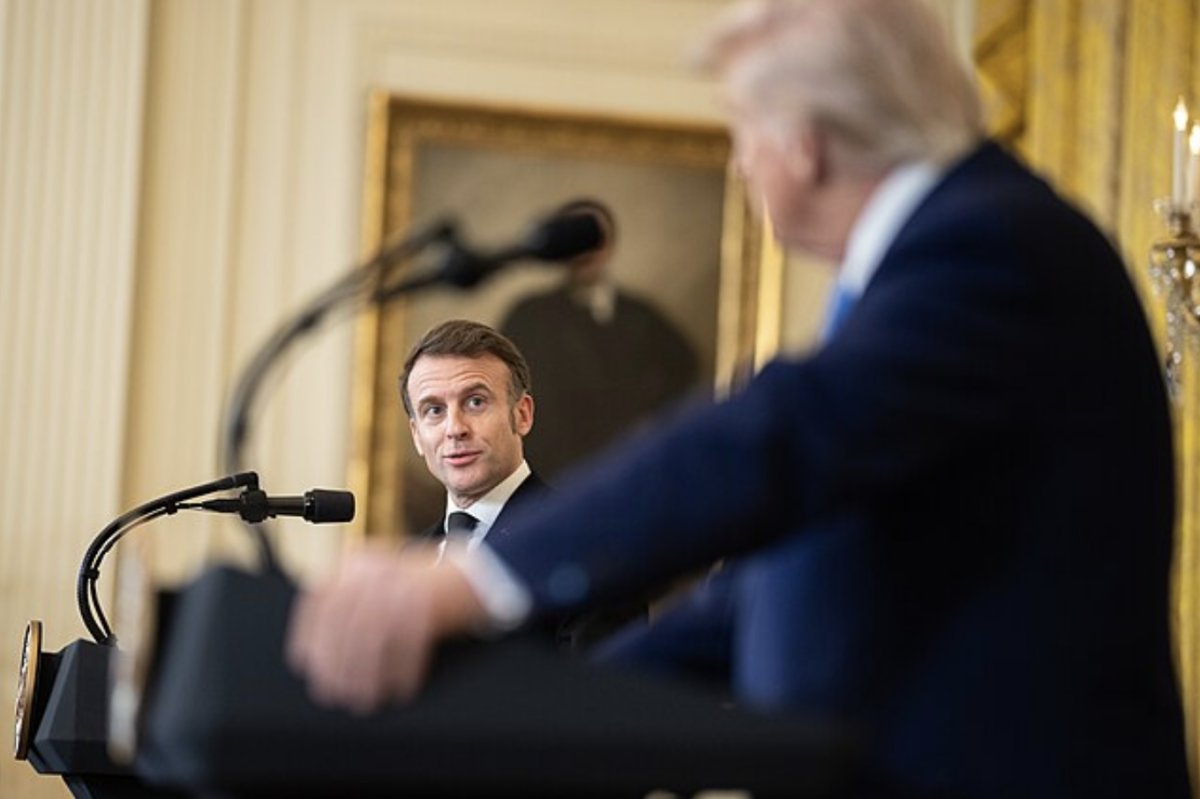On September 25, China’s central bank, the People’s Bank of China (PBOC), unleashed a bucket of bold stimulus measures unseen in decades. These measures aim to revive the sluggish, debt-ridden economy and restore market confidence.
The PBOC reduced financial institutions’ minimum reserve ratio (RRR) by 0.5%, enabling them to increase lending to borrowers. This move will free up two trillion yuan (285.3 billion U.S. dollars) in terms of long-term liquidity in the market. Meanwhile, a 20-point reduction in the seven-day reverse repo interest rate complemented this rate cut, decreasing financial institutions’ borrowing costs from the central bank. Combined, these two measures drastically improved liquidity, potentially spurring more fresh investments into the struggling economy.
Excited investors soon rallied in response to the stimulus. Four days after the PBOC announced the stimulus, the stock market swept to its biggest single-day gain since 2008. The Shanghai Composite Index (SSEC) and the CSI 300 blue-chip index surged more than 8% at the close, sending bullish signals and showcasing market optimism for an economic upturn. There were even instances of a stock frenzy: retail investors flocked to online trading platforms and college students spent their entire Golden Week Holiday learning investment advice.
Despite the upbeat market sentiment, experts warned that the stimulus would not be as effective as expected. Tianlei Huang, a Peterson Institute for International Economics researcher, stated that an interest rate cut might not entice businesses and households to increase borrowing amid a worsening macroeconomic environment. The extra liquidity may flow back to the government as banks put their funds into government bonds, which is counteractive to boosting private investment.
Others were worried that the stimulus could not address the Chinese economy’s structural issues, especially the persistent weak consumption. The public still expected complementary fiscal measures to raise domestic demand and boost consumption. Potential policies could target income security via strengthening social safety nets, particularly in healthcare and pensions, allowing citizens to allocate more income towards discretionary spending.
Another structural concern was China’s crippling labor productivity crisis. The nation is ranked 99th by GDP output per worker, according to the International Labor Organization. Stephen Roach, the former chairman of Morgan Stanley Asia, claimed it was partly caused by inadequate innovation and support of new start-ups: the traction of startups and venture capital funding is lacking. In addition, “it’s hard for China to address some issues because of their ideology,” Roach added.
Market optimism had already faltered after the nation’s Golden Week holiday. The CSI 300 and the SSEC index had risen by 4.6% and 5.9%, respectively, figures lower than the initial upsurge. Meanwhile, the Hang Seng Index in Hong Kong dropped 9.4%. The decline may reflect market disappointment over the lack of a fiscal stimulus targeted to boost consumption. Even with a fiscal stimulus, the PBOC’s monetary policies may still be a temporary stabilizing measure—a baby step towards long-term sustainable economic growth. By fostering innovation, increasing labor productivity, and embracing more demand-side policies, China can transition towards a more resilient growth model and uphold its status as an economic powerhouse.

